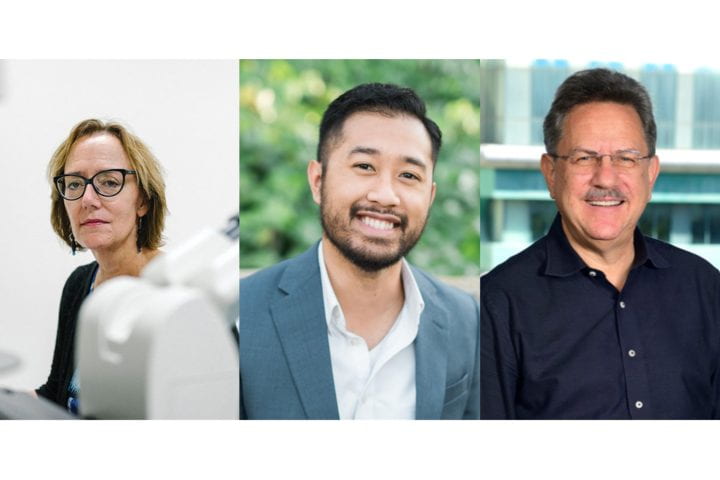UC Irvine-led study unlocks the secrets of birth defect origins
Findings offer new targets for early detection and prevention strategies

Irvine, Calif., March 21, 2024 – A new study led by the University of California, Irvine has revealed a potential shift in our basic knowledge of the origins of birth defects, which affect about 3 percent of babies born in the United States each year. The findings offer new avenues of exploration for early detection and prevention strategies.
The work, published online recently in the journal Science Advances, identified crucial genetic interactions during the earliest stages of embryonic development that predicted birth defects characteristic of Cornelia de Lange syndrome and may offer clues about the genetic origins of many types of birth defects.
Researchers made a profound discovery relating to the gene Nipbl – a deficiency of which causes most cases of Cornelia de Lange syndrome – and its intricate interplay with another gene, Nanog.
“Our data suggest that Nipbl and Nanog are more than just necessary players in early embryonic development. They are critical regulators that, when misregulated together, have far-reaching impacts on embryogenesis and the development of many tissues and organs,” said co-author Stephenson Chea, UCI developmental and cell biology graduate student researcher.
This pivotal venture began with a cutting-edge approach to mapping gene expression in early embryonic cells. By employing single-cell RNA sequencing and innovative bioinformatic techniques, the team charted the gene expression profile of every cell population present during gastrulation, a foundational stage of development. The differences observed in gene expression and cell population sizes between normal embryos and those that were Nipbl-deficient provided unprecedented insights into the earliest origins of birth defects.
“This is the first time in this complex developmental syndrome that we’ve been able to uncover such profound gene expression differences at a vital developmental juncture, leading us to believe that we are beginning to understand a fundamental aspect of the way in which congenital birth defects originate during early development,” said co-author Anne Calof, UCI professor of anatomy and neurobiology.
The implications reach far and wide. Pinpointing the stages in which the developmental pathways of different tissues diverge due to genetic anomalies introduces the possibility of intervening medically.
“Understanding this precise timing opens a window not just for diagnosis but, potentially, for identifying biomarkers that would be important for developing therapeutic interventions as well. This is where our research connects with real-world application,” said team member Arthur Lander, UCI Donald Bren Professor and Distinguished Professor of developmental and cell biology.
Early detection of and intervention for birth defects can significantly improve life outcomes and reduce long-term healthcare costs, benefiting affected individuals, their families and society in general.
The study underscores a critical transition from observation to action in genetic research. The knowledge gained provides a framework for further research that could one day lead to preventive treatments, ensuring that children worldwide have a healthier start in life.
Other team members included Martha E. Lopez-Burks, UCI developmental and cell biology staff research associate; Jesse Kreger, USC systems biology postdoctoral scholar; and Adam L. MacLean, USC assistant professor of quantitative and computational biology.
This work was supported by National Institutes of Health awards R01HL138659, R01DE019638 and R35GM143019.
About the University of California, Irvine: Founded in 1965, UCI is a member of the prestigious Association of American Universities and is ranked among the nation’s top 10 public universities by U.S. News & World Report. The campus has produced five Nobel laureates and is known for its academic achievement, premier research, innovation and anteater mascot. Led by Chancellor Howard Gillman, UCI has more than 36,000 students and offers 224 degree programs. It’s located in one of the world’s safest and most economically vibrant communities and is Orange County’s largest employer, contributing $7 billion annually to the local economy and $8 billion statewide. For more on UCI, visit www.uci.edu.
Media access: Radio programs/stations may, for a fee, use an on-campus ISDN line to interview UCI faculty and experts, subject to availability and university approval. For more UCI news, visit news.uci.edu. Additional resources for journalists may be found at https://news.uci.edu/media-resources.